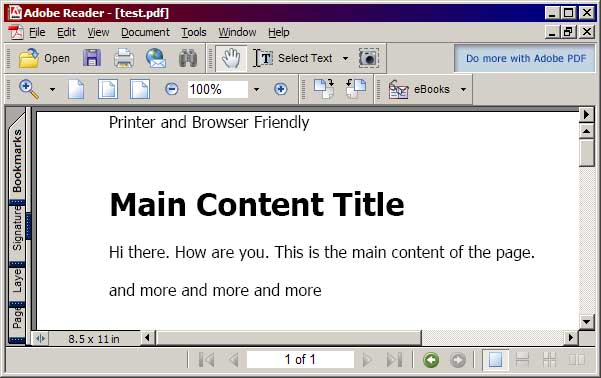Tonight I was at the JFK School of Government listening to a keynote from the secretary of education, Rod Paige.

It was really dissapointing. The reason is that it felt like the Bush speechwritters had written everything for Rod to say. I am sure he is a caring, learned man… but if you did a search and replace on education for terrorism it would be the same as the Bush speeches.
The reason for the keynote was the fact that it is the 50th anniversary of Brown vs. Board of Education (as I have mentioned in an earlier blog).
The secretary harped on about how No Child Left Behind (ingenious name, got to give them that) was THE issue of today. The speech had no content. OF COURSE we all want equal education rights in the USA. Noone is disputing that, yet he was making it seem like “you are either with us (NCLB), or against us”. Sound familiar?
These forums always allow for questions to be asked. Some were good, and some were not so good…. yet no real answer was given to any of them. It really is amazing how a good politician can leave you thinking “huh?” when you try to work out how that “answer” had anything to do with the question.
- Is vouchers really going to help?
- Does testing every 5 minutes do anything for us (other than have us teach to the test?)
- You keep mentioning the funding increases, yet most of it goes to administrating the damn tests!
- What happens to all of these “failing” schools?
- Houston had a 20% increase? Based on what! How is it possible to keep up with that?
- Isn’t it obvious that schools will lower standards to allow for this increase in growth?
- What about the math: If you are a top school, how the hell can you keep increasing your performance by 20%!
- What about all of the studies that show this is a load of cock and bull?
- How come you have a lot of demands, yet the states have the burden. If there is a success it is due to NCLB, if there is a failure it is due to the fact that the states have all of the power. Come on. If this is the #1 civil rights issue, lets have a revolution!
We all want better schools. We all know that education is key to freedom and to the future of this country (we need to stay at the top of the wave guys). We are behind the theory of a lot of what you say, but as one person asking a question said “the devil is in the details”, and NCLB’s details suck.
Standards good. Testing every 3 seconds bad.
Statistics/Data can be good. Lies are bad (and it is easy not to get lies with statistics!).



